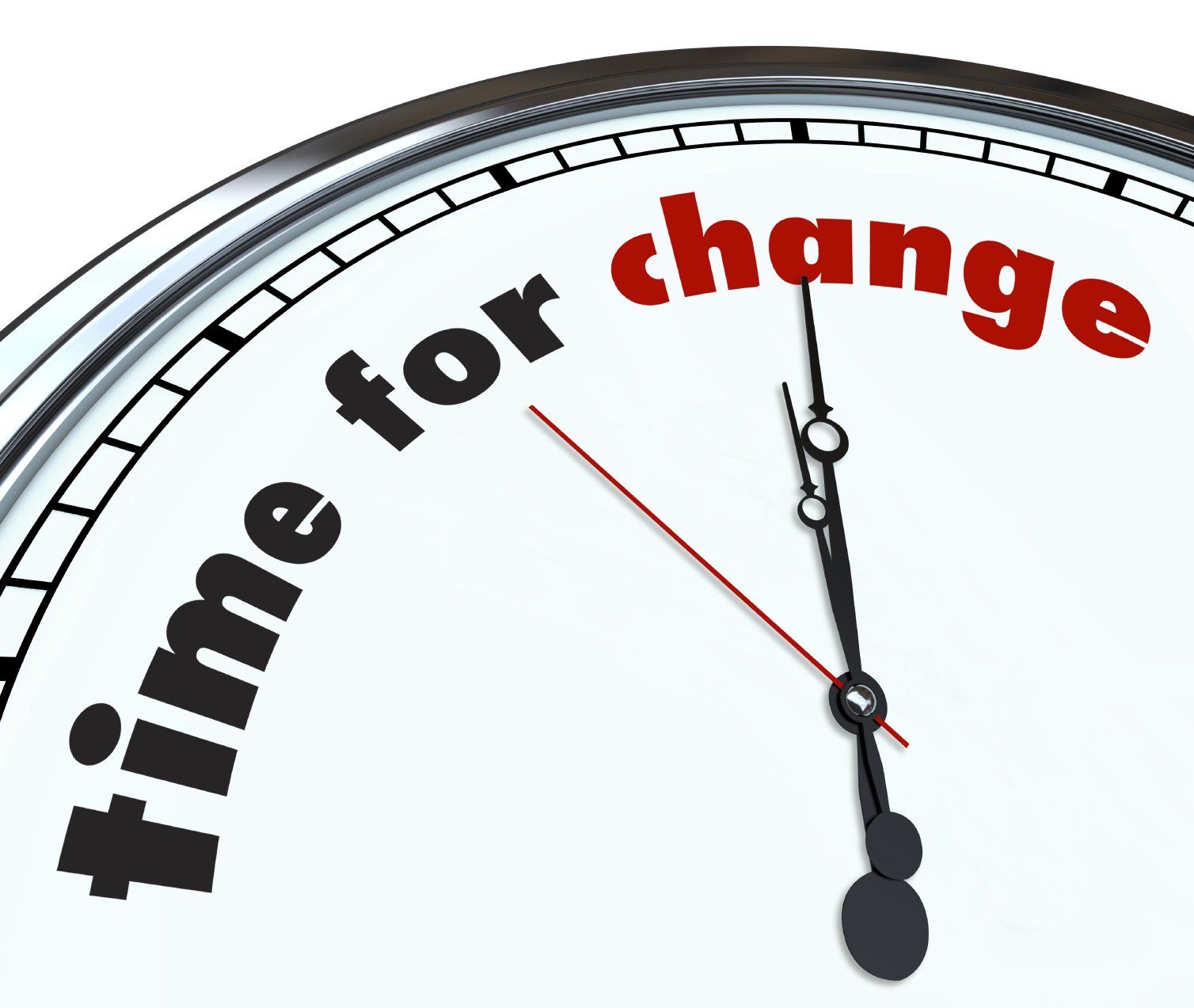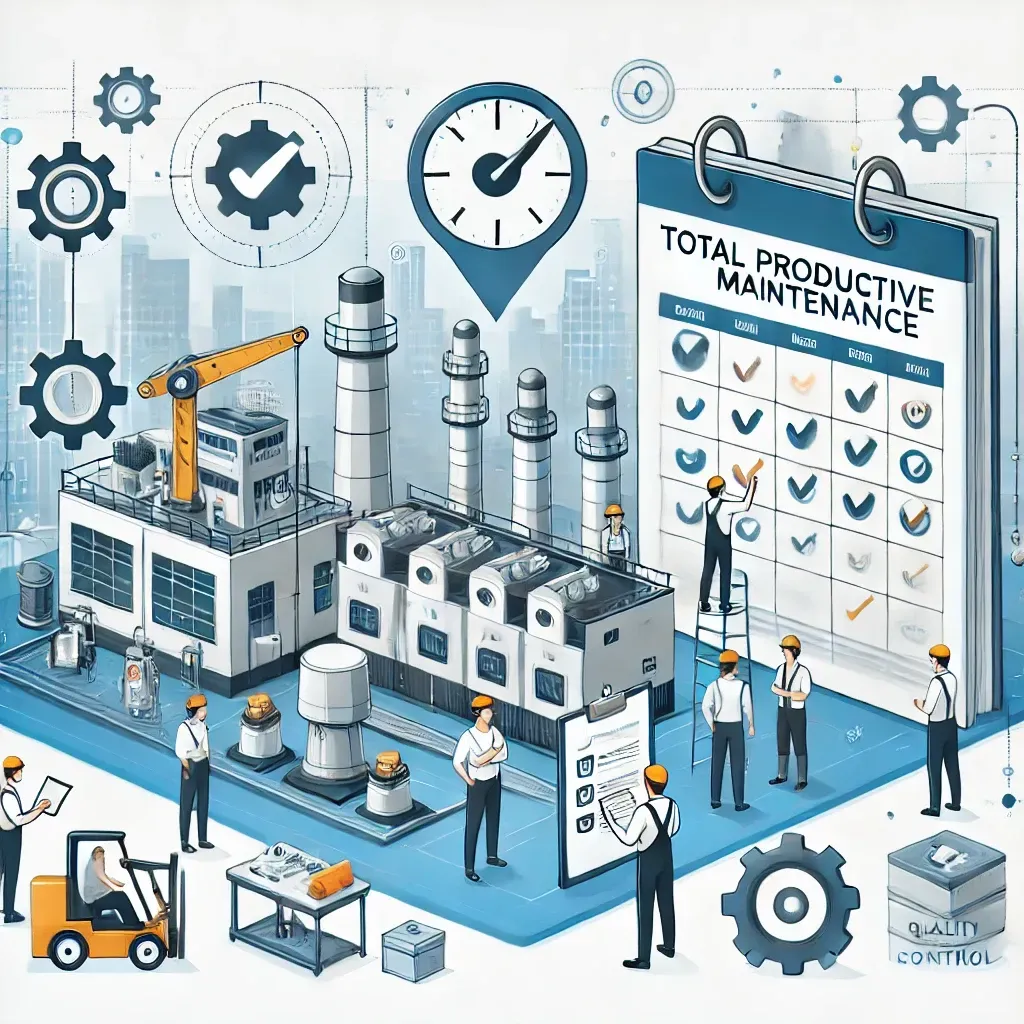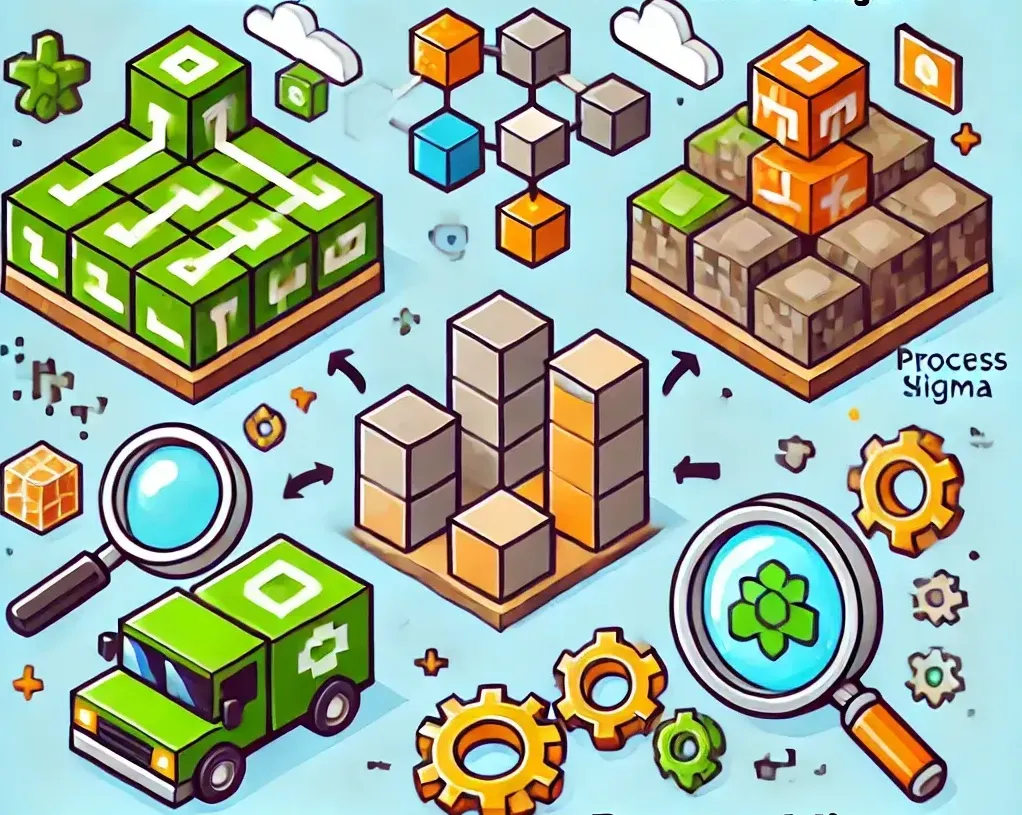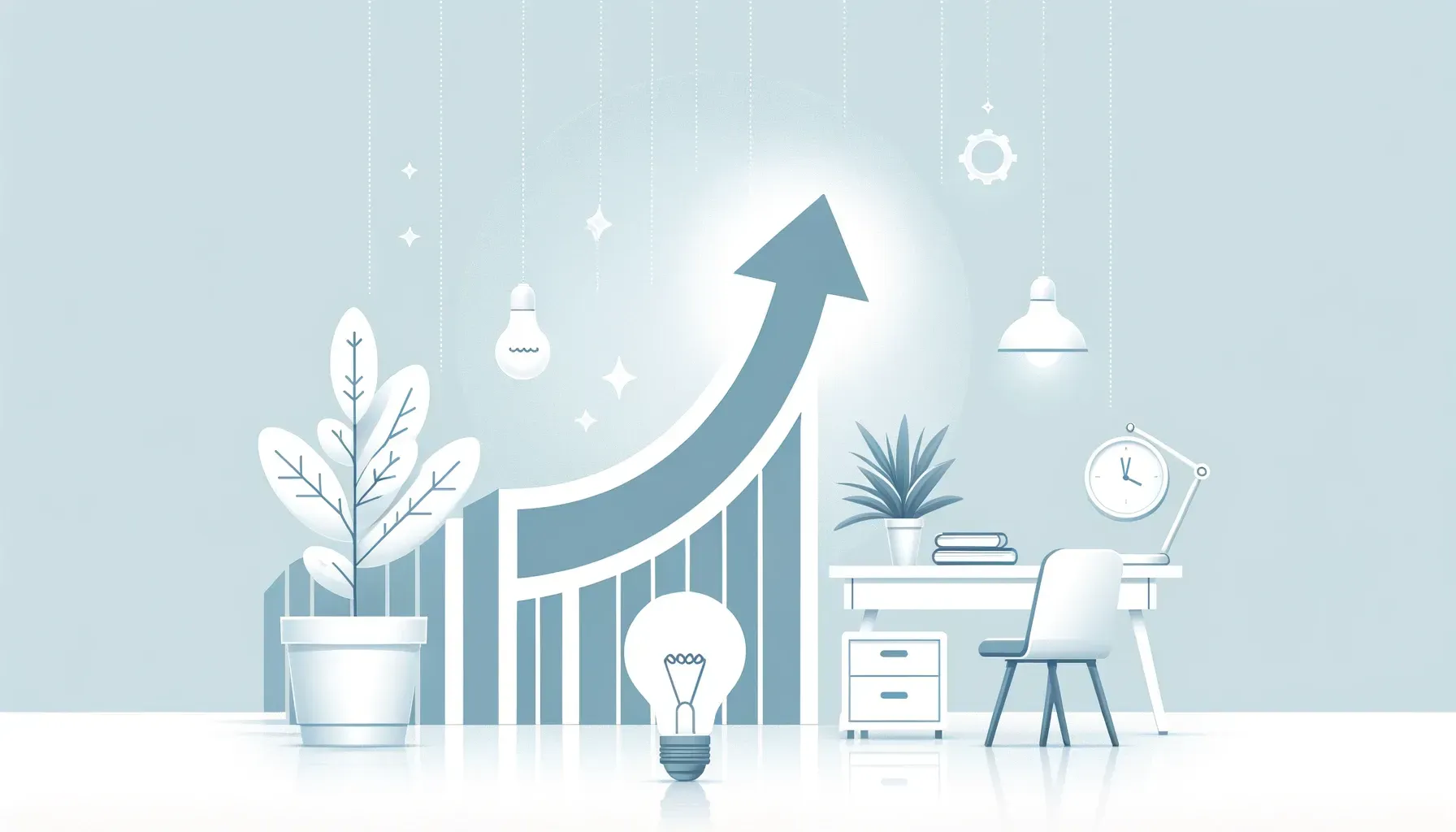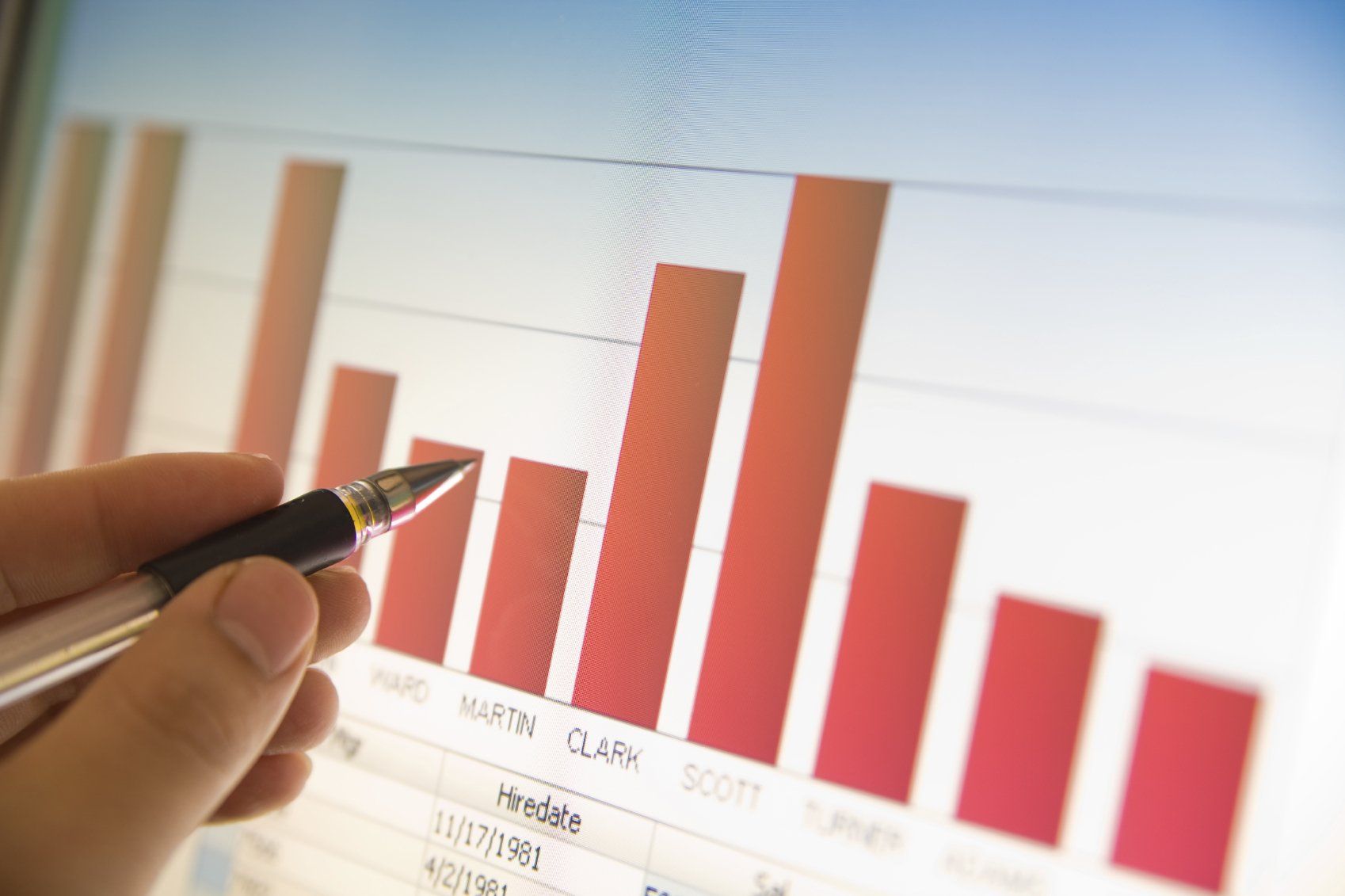Value Stream Mapping (VSM) | VA Innovation Ltd
Learn how Value Stream Mapping (VSM) can help you actively improve your operations | VA Innovation Ltd
At VA Innovation, we believe in keeping it straightforward. Value Stream Mapping (VSM) is our go-to lean tool for mapping out both material and information flow from order right through to delivery so you can spot waste, cut cycle times, and actually implement change.
What is Value Stream Mapping?
Value Stream Mapping is a lean management method used to diagram every step in material and information flow needed to bring a product or service from zero to your customer’s hands. It helps visualise current state versus future state, highlighting precisely where value is added and where it is not.
Why It Matters
- It spots waste (muda) and helps you tackle inefficiencies.
- It ties together information flow and process flow, avoiding siloed thinking.
- It creates a blueprint for improvement, like a house plan for your operations.

How We Do It at VA Innovation
Step 1: Map the Current State
We gather your team, walk the process, and draw how things actually flow, including materials, information, wait times, changeover time, cycle time and lead time. This gives everyone a shared understanding.
Step 2: Design the Future State
Once we see how things are, we map out how they should be with streamlined flow, pull systems, supermarkets, stabilised mix and a pacemaker process. This helps reduce inventory, level production and smooth delivery.
Step 3: Action and Improve
It is not just theory. Based on your future state map, we create targeted improvement actions such as Kaizen events, SMED for changeovers and pull system triggers so you realise those efficiency gains.
Where VSM Works Best
This is not just for factories. Whether you are in manufacturing, healthcare, IT, logistics, software development or services, VSM helps you visualise waste and speed up the flow of value no matter what you deliver.
Keywords at a Glance
- Lean tool
- Value stream mapping (VSM)
- Material and information flow
- Current state map
- Future state map
- Waste identification
- Cycle time
- Lead time
- Continuous improvement (CI)
- Toyota Production System (TPS)
For the definitions and more, check out our Lean Glossary, which will give the definitions and links to more in-depth articles.
Value Stream Mapping FAQs
Can I apply a Value Stream Map to a simple data entry process?
Absolutely. VSM works for any process, big or small. As long as there is material or information flowing through steps, you can map it and uncover opportunities.
Is a Value Stream Map the same as a process map?
No. Although they are both process maps, a process map just shows the steps. A Value Stream Map captures those steps plus material and information flow, value adding versus non-value adding time, cycle time and changeover time. You get deeper detailed insight.
They have different uses and purposes.
Can VSM help in service or office environments?
Definitely. VSM is not limited to manufacturing. It is widely used in healthcare, IT, logistics, administration and software development to visualise workflows and remove waste.
Have a look at our Financial Services and Materials Testing Case Studies.
How do you calculate waiting time between steps?
You divide the inventory or work in progress items by the average daily demand to get days of supply. This becomes the projected waiting time in your map.
What about occasional long setup or changeover time?
If a changeover takes 90 minutes once a shift, treat it as non-value-adding time and plot it on the timeline. For weekly or infrequent long changeovers, level the time over the period or apply SMED to reduce it.
Is going waste free realistic?
Perfection is the goal but not overnight. Zero waste is a journey requiring cultural change, continuous improvement and leadership commitment. Done right, you can dramatically reduce waste.
If you’re ready to see your processes clearly, cut the waste, and boost performance, get in touch with VA Innovation today and let’s map the way to your future success.
Contact Us
Top Lean Six Sigma Reads:


